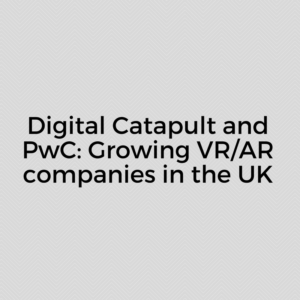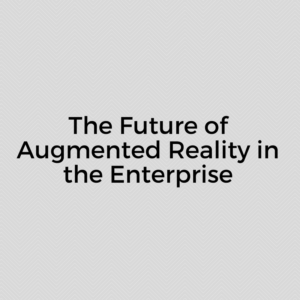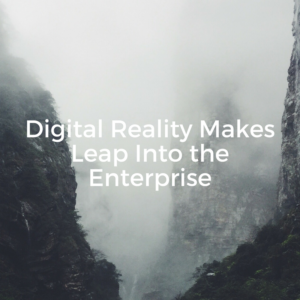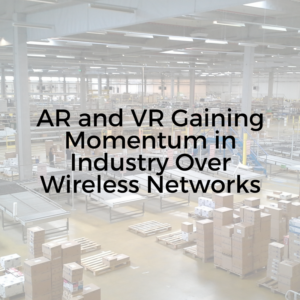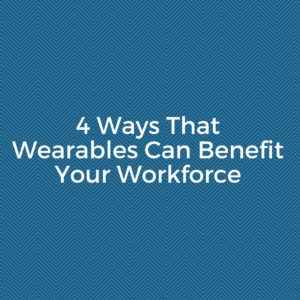The Tech Investment That Insurers Might Not See a ROI

Investments in customer loyalty technology and data for the ‘no strings attached’ generation of customers will be essential for the insurance sector. However, according to Virtusa, investments in Augmented and Virtual Reality are less likely to pay off in the long term.
Senthil Ravindran, executive VP and global head of xLabs at Virtusa, is quoted to have said that IoT, a current ‘hot topic’ in tech, is already contributing towards transforming the insurance sector, particularly auto-insurance. As artificial intelligence is starting to integrate into IoT, contextualised data will be able to be gathered from smart street and vehicle devices, allowing businesses to adjust premiums, instantly produce accident reports, and automatically pay claims out, all individualised to each customer.
The article claims that another key driver for insurers will be the changing nature of customer experience, as consumers increasingly prefer services that are easy to integrate into their lives while being tailored to the individual. Ravindran is quoted to have said that insurance companies need to accept that the loyalty of their clients is currently solely based on offered services, therefore insurers need to invest in technology approved by millennials to combat increasing competition.
However, Ravindran claims that a degree of cynicism concerning the maturity and business value of ARVR technology remains, therefore the chance of investors in the sector reaping significant benefits of the tech is low. He is further quoted to have said that insurance customers are unlikely to be as impressed with VR ‘gimmick[s]’ than general retail.
The research was fuelled by a sense of information overload concerning latest tech and trends, which the article claims companies can be dazzled by. The article concludes with another quote from Ravindran, instructing businesses to take the time to consider how technology can help them achieve their goals before implementing it, rather than being swept up in the newest tech trend.
The AREA have also conducted research, webinars, and case studies on ROI of AR which have been proven, therefore this should be considered by companies looking at investing in tech. See our ROI calculator and best practice case study.
